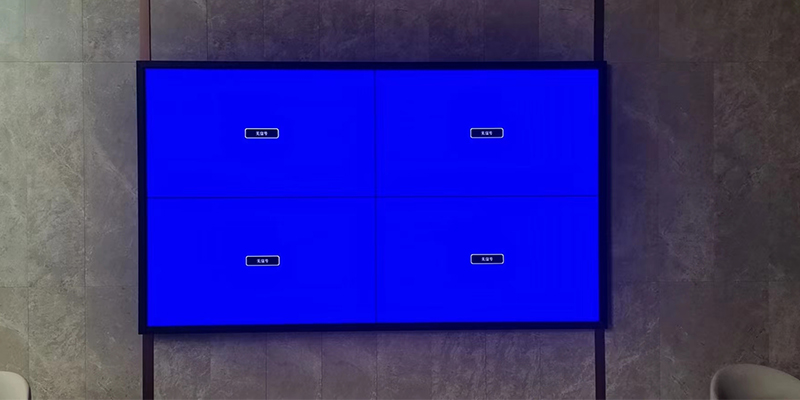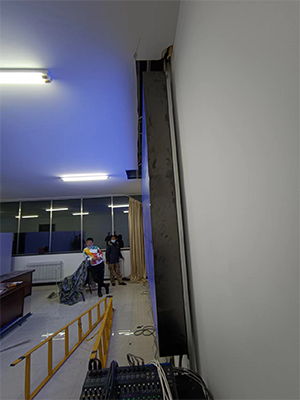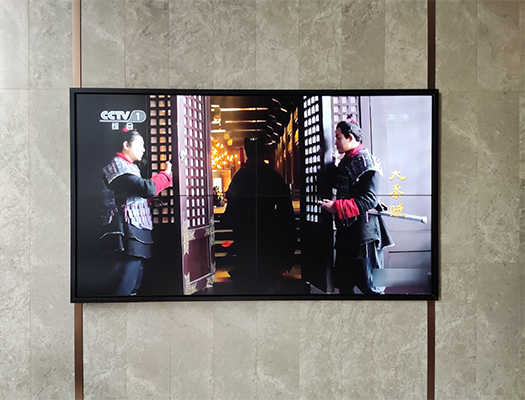The installation skills of the LCD video wall
The installation skills of the LCD video wall
LCD splicing screen with its high definition, super wide Angle of view, uninterrupted operation, low energy consumption, long life and other advantages, in the large screen indoor display market is widely popular, widely used in monitoring command center, conference, teaching, exhibition hall, bank, office building, office building, office building, office building, office building, shopping malls and other occasions.
The final display effect of LCD splice screen cannot be separated from its own quality. Of course, this also has a lot to do with the installation process. Will share with you the LCD video wall installation process notes.
1. Select the installation mode according to the location and requirements
Different installation methods can be used according to different applications. At present, the most commonly used installation methods are floor cabinet type, wall mounted bracket type, embedded and vertical bracket.
Floor cabinet type, easy to move the system; Wall-mounted bracket type should consider wall bearing; Embedded space saving, more beautiful; Vertical support is convenient for later maintenance, but requires high ground firmness and support.
2. The installation surface should be smooth and anti-static
Due to the large volume and weight of the entire LCD splicing screen system, no matter which installation method is selected, the selected installation surface should be flat and load-bearing. And the mounting surface should be able to prevent static electricity from affecting the image quality
3, the installation of environmental lights should be appropriate
Installation environment around the lights should not be too strong. If it is too strong, you may not see the picture on the screen
Block screen access (e.g. Windows) if necessary. At the same time, when the equipment is running, the lights should be turned off to ensure the normal operation of the equipment. Do not mount the light in front of the screen, but only the tube light.
4. Calculate the number of wires in advance
The length and specifications of various lines required are calculated according to the screen size and installation position of the entire project, and the needs of the entire project are calculated. In addition, power cables and signal cables should be distinguished when wiring, and installed separately to avoid interference.

5. Reserve the maintenance channel
In order to facilitate future maintenance, it is necessary to reserve a maintenance corridor. At present, most projects use the post-maintenance mode, that is, maintenance is performed behind a large screen, and sufficient maintenance channels need to be reserved behind the screen. Generally, the width is about 70 cm to 1 m, which requires high building space.
6. Ensure that the equipment is well ventilated
Air conditioners or air vents must be installed in the maintenance channels to ensure proper ventilation
The outlet should be as far away from the liquid crystal splicing wall as possible (about 1m is appropriate), and the air at the outlet should not be blown directly to the box, so as to avoid damage caused by the uneven cooling and heat of the filter screen.


